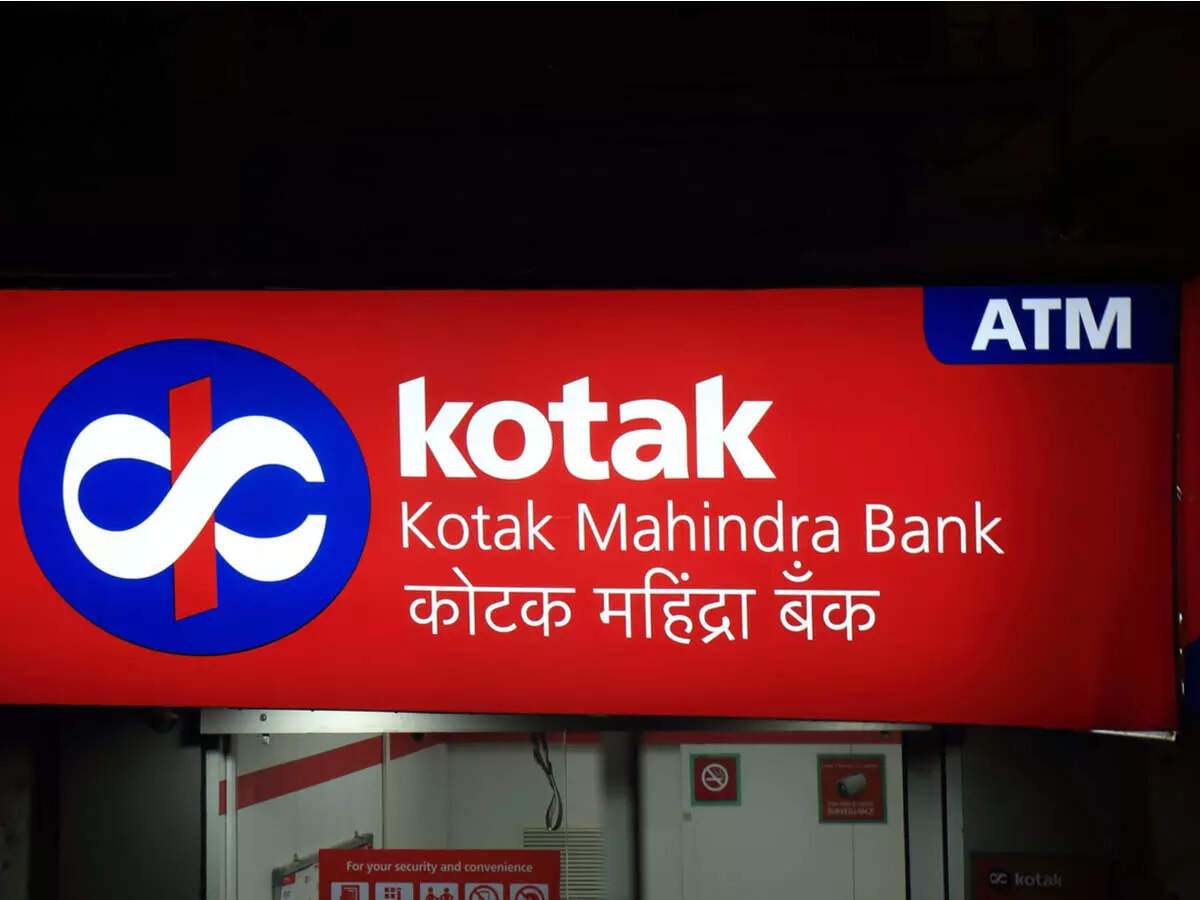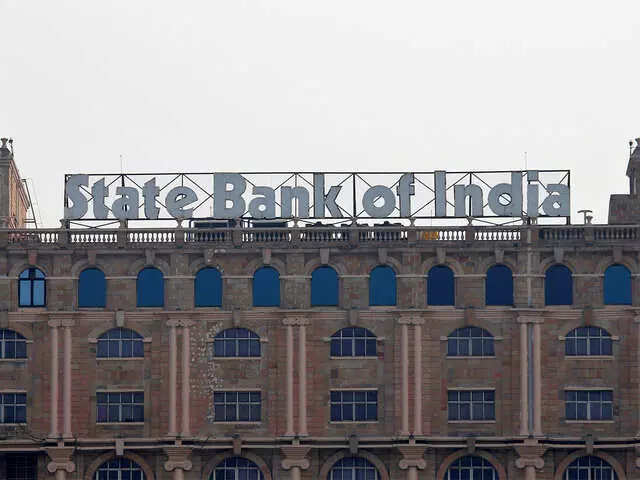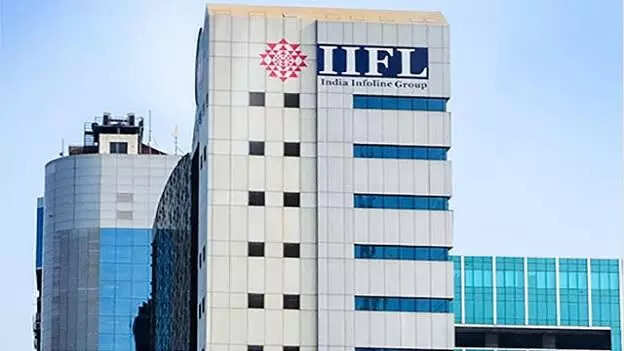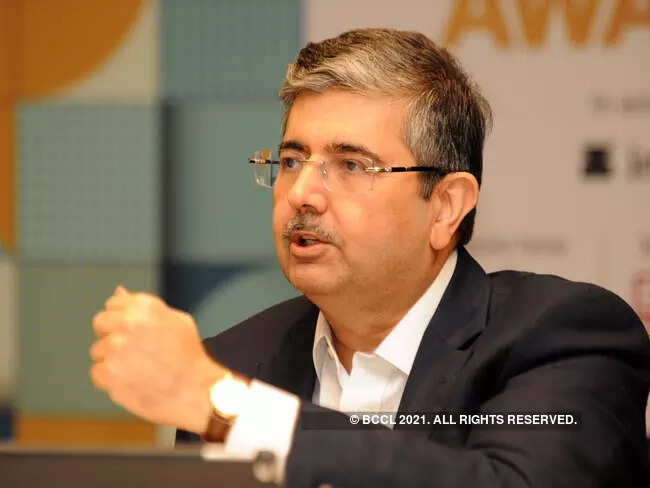The Nifty50 index crossing the psychological mark of 18,000 on Monday and Sensex surpassing 61,000 for the first time ever on Thursday marks the most weekly gains since the week ended September 3, and continuation of the bull phase.
The rally is special as it was achieved despite a truncated week, tepid global clues, global energy crisis, inflation threats and muted FII participation.
The Nifty 50 Index closed the week at 18,339, with gains of 2.5% and formed a bullish candle on the weekly chart for the second consecutive week. According to experts, this positive momentum is likely to continue till 18,500 levels in coming sessions. Immediate support for Nifty 50 is seen at 18,200.
Festival demand outlook, Q2 earnings data backed by recovery in economic activity, healthy FPIs and exports data, weak jobs report from the US, inflation fears, global energy crisis, developments around Asian markets, strong vaccination numbers were key driving factors this week.
Monday Closing bell: Benchmark indices close at record highs, led by bank stocks
The Indian benchmark indices erased intraday gains after hitting fresh lifetime highs following weakness in global peers, but managed to close at fresh record levels on Monday, supported by banking and auto stocks.
Nifty50 and BSE Sensex had hit fresh record highs of 18,042 and 60,476, respectively. At close, the BSE Sensex was up 0.13% at 60,136, and the Nifty gained 0.28% to close at 17,946.
The Nifty Bank index hit a new lifetime high of 38,495 in intraday trade before closing 1.4% higher at 38,294 levels. Nifty Financial Services gained 1.39% to close at a fresh high of 18,527, and the Nifty PSU Bank index also gained 0.78%. State Bank of India, Kotak Bank, HDFC Bank, ICICI Bank, were among top index gainers.
Tuesday Closing bell: Another day of fresh record highs, PSU Bank index gains over 3%
Post a volatile session, BSE Sensex and Nifty 50 recorded closing highs on Tuesday. The 30-stock index Sensex gained 0.25% to end at 60,284, while the NSE Nifty 50 index settled just shy of 18,000, at 17,992.
In the broader market, the BSE Midcap index rose 0.54% to 26,700, while the BSE Smallcap index gained 0.46% to finish at 29,893.
Nifty PSU Bank was the top gainer, rising over 3%. The Nifty Bank Index gained 0.59% to close at 38,521, while the Nifty Financial Services index ended 0.33% higher at 18,589. SBI, Bajaj Finserv and Axis bank were among top Sensex gainers, while HDFC Life and ICICI Bank were top laggards.
Wednesday Closing bell : Benchmark indices up for third straight day, end at record highs
The domestic equity market sustained its upbeat mood, supported by a positive global market, and witnessed record breaking moves by the BSE Sensex and Nifty 50 for the fifth consecutive session on Wednesday. At close, the BSE Sensex jumped 0.75% to end at 60,737, and NSE Nifty 50 index settled at 18,161, up 0.94%.
Nifty PSU Bank continued its winning streak to close 0.80% higher at 2,670. The Nifty Bank index gained 0.30% to close at 38,635, while Nifty Financial Services ended the day at 18,652 up by 0.34%. HDFC Bank emerged as one of the top Sensex gainers while SBI Life, Axis Bank and SBI were among the losers.
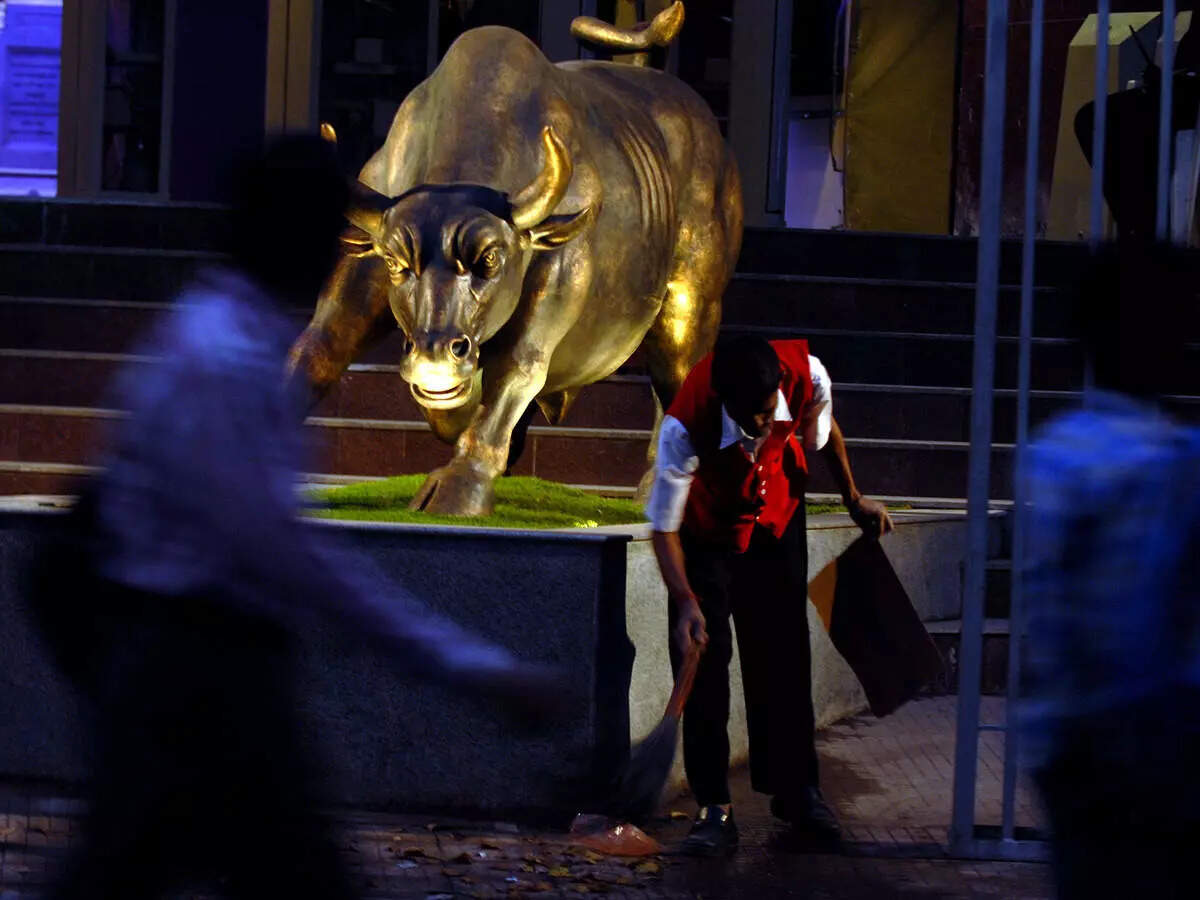
Thursday Closing bell: Sensex surpasses 61,000 for the first time, Nifty closes above 18,300; banks, financials outperform
Benchmark indices extended the record rally in the sixth consecutive session, with Sensex and Nifty ending at fresh record closing high. At close, the Sensex surpassed the psychological level of 61,000 for the first time ever to close 0.94% higher at 61,305, and the Nifty surpassed 18,300 to close higher at 18,338 gaining 0.97%. BSE Midcap and Smallcap added 0.5% each.
The Nifty Bank index outperformed and closed 1.83% higher at 39,340, while Nifty Financial Services closed at 18,949 up by 1.58%. PSU Bank also finished higher at 2,716 gaining 1.74%.
Index heavyweights such as HDFC Bank rose the highest, up 2.9%, followed by ICICI Bank, HDFC, and State Bank of India, among others, contributed the most to the indices’ gain.
Key Takeaways
India may log close to double-digit growth this year, says FM Nirmala Sitharaman
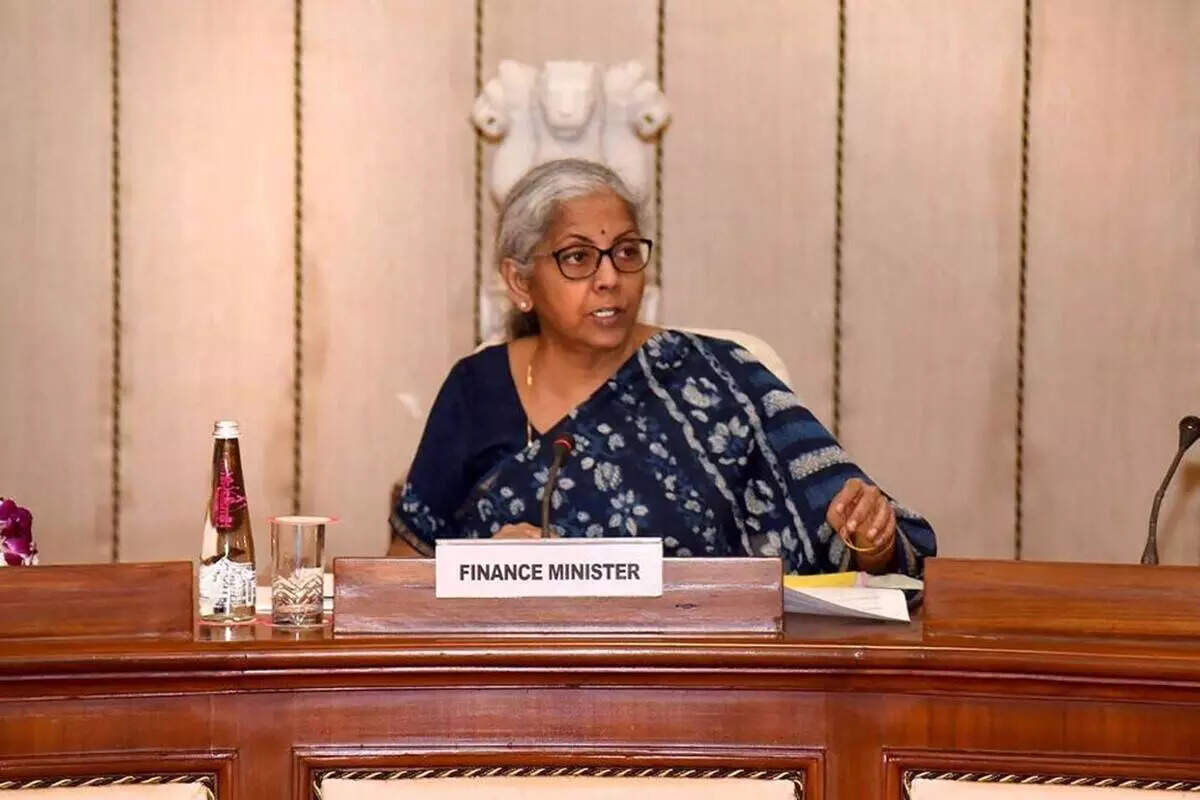
India is looking at close to near double-digit growth this year and the country will be one of the fastest-growing economies, Finance Minister Nirmala Sitharaman has said.
The minister also emphasised that she expects the economic growth next year to be in the range of 7.5-8.5 per cent, which will be sustained for the next decade.
“As regards the growth of India, we are looking at near to double-digit growth this year and this would be the highest in the world. And for the next year, on the basis of this year, (the) growth would definitely be somewhere in the range of eight (per cent),” Sitharaman said here on Tuesday during a conversation at Harvard Kennedy School.
Four Indian banks rise in Asian rankings on stock market boom
Four Indian banks have featured among the 20 largest banks in the Asia-Pacific region in terms of market capitalisation in the third quarter of 2021, according to S&P Global Market Intelligence.
HDFC Bank was ranked seventh with a market cap of $119 billion, a quarter on quarter increase of 6.7% while the next was ICICI Bank at 12th spot, with its market cap rising 11.2% quarter on quarter to $65.5 billion.
The State Bank of India rose two spots to 17th on the list as its market cap rose 8.1% to $54.5 billion. Kotak Mahindra Bank’s market capitalisation rose 17.5%, the highest on the list.
UCO Bank’s Atul Kumar Goel elected as IBA chairman: Sources
Atul Kumar Goel has been elected as the chairman for Indian Banks’ Association for 2021-22, sources said. Goel will be succeeding Rajkiran Rai G, who is also the managing director and chief executive officer of Union Bank of India.
Goel is currently heading UCO Bank as its MD & CEO. The government had extended his tenure for two years till November 1, 2023. His term was originally scheduled to end on November 1, 2021.
Last month, Banks Board Bureau recommended Goel for the managing director and chief executive officer position of Punjab National Bank, after interviewing 11 candidates.
Life insurance industry at risk of sharply rising rates: IMF
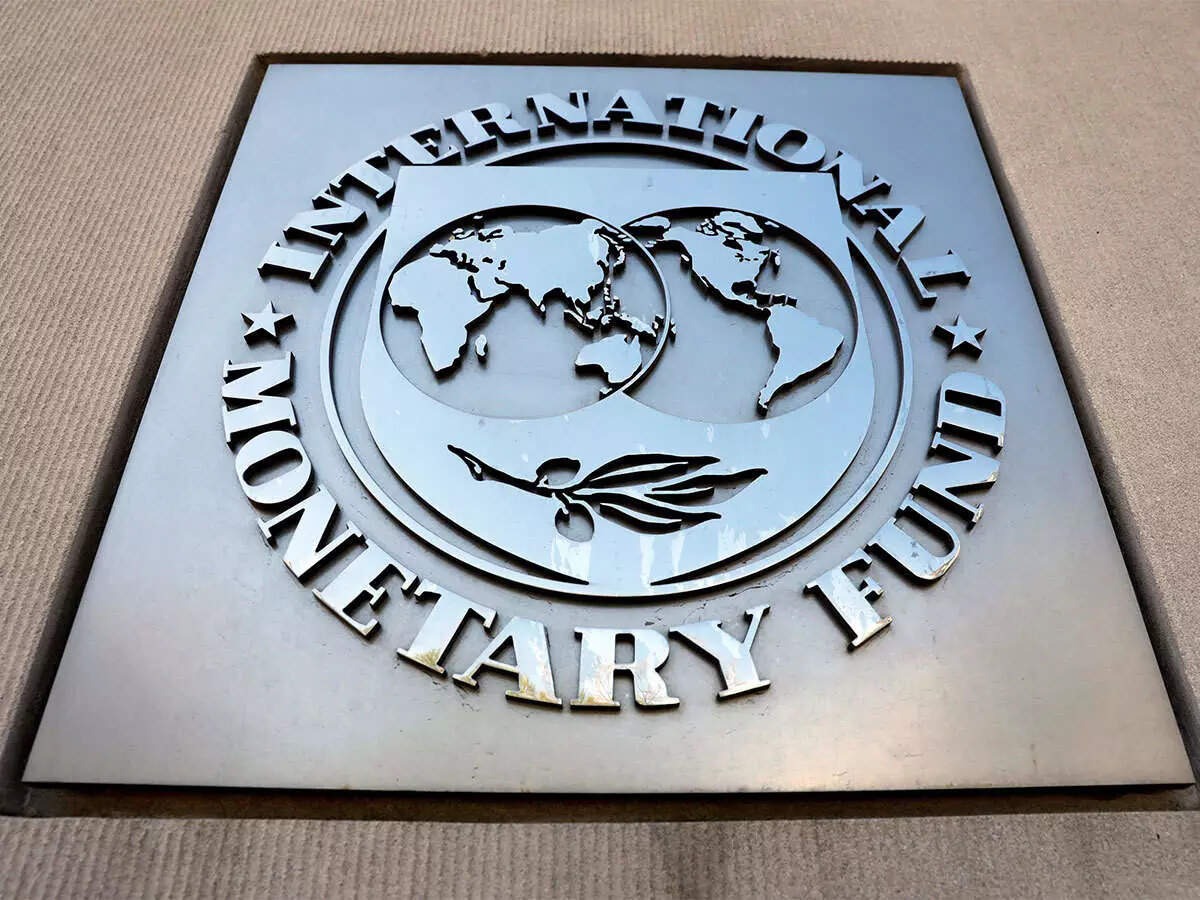
The life insurance industry is at risk if there is a sharp rise in bond yields, with an extreme situation potentially causing insurers to liquidate investments reaching $1 trillion in the United States and Europe, the International Monetary Fund warned on Tuesday.
Vulnerabilities have increased for life insurers, the IMF said in its Global Financial Stability Report, noting the industry is at the “center of fixed income markets” owning about 20% of global bonds and 30% of credit investments. Life insurers have long-dated liabilities and are a critical source of demand for bonds with long maturities, wrote the IMF’s Fabio Cortes and Deepali Gautam in the report.
NBFCs set to recover from Covid blues in Q2, post rise in loan demand, collections
Non-bank lenders and housing finance companies, which suffered during the first quarter of this fiscal, are likely to report a steady recovery in asset quality and demand for fresh loans along with improved payment collections in the September quarter.
“The first quarter of fiscal 2022 was impacted by the second Covid wave. Relative to 1QFY22, we expect disbursement volumes of 170-230% for most Affordable Housing/Vehicle Financiers. Impact on AUM growth is likely to be higher for short duration products like Vehicle loans as collections held up well in 2QFY22, Motilal Oswal Securities said in a note.
Banks set for a sharp earnings rise in Q2, may face asset quality jitters
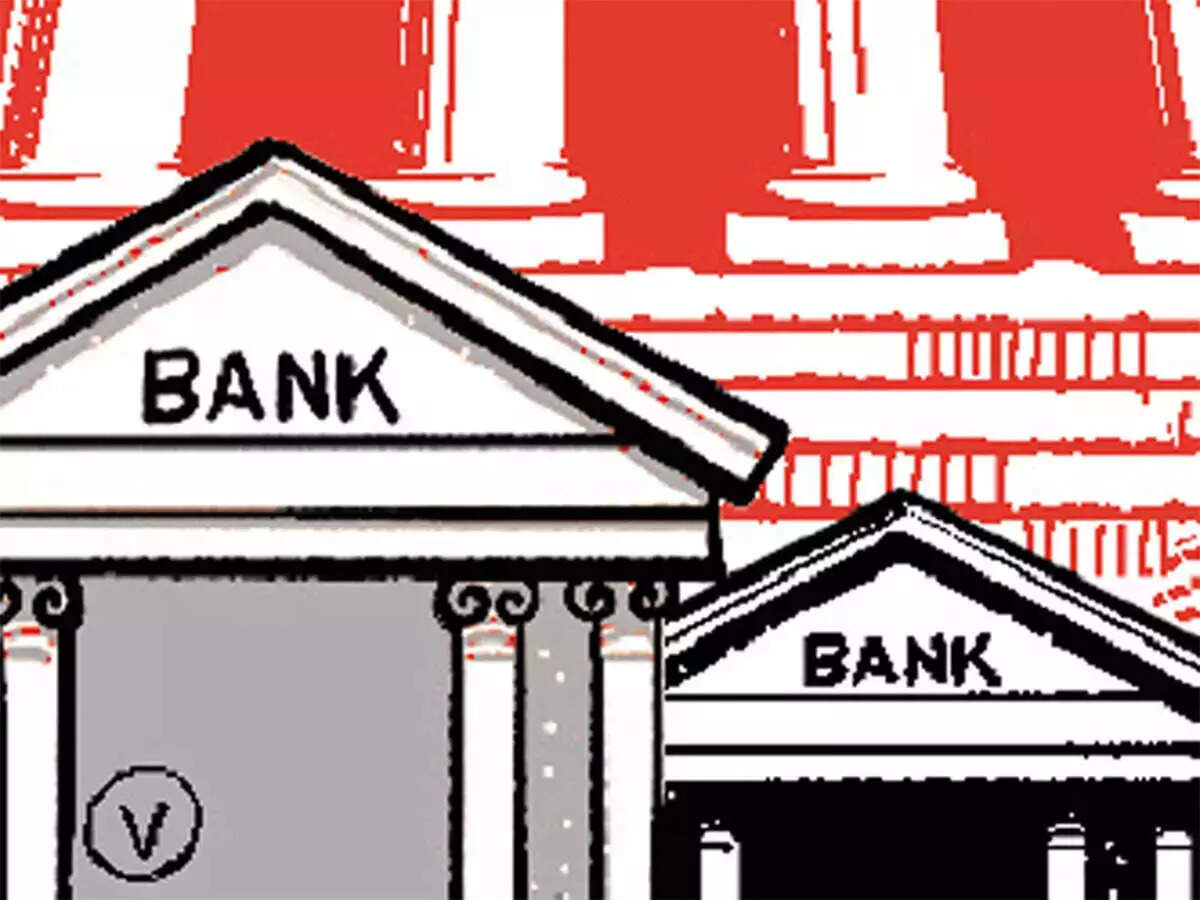
Indian banks’ earnings are likely to pick up in the September quarter, led by a recovery in business growth, fee income and a gradual reduction in credit costs. ICICI Bank could deliver 16.6% year-on-year loan growth, while Axis Bank and Kotak Mahindra Bank could grow over 9% each. SBI may post decline in bad loans.
However, they may be tempered by higher provisioning in the retail and small and medium enterprises (SME) loan segments that have seen higher delinquencies.





